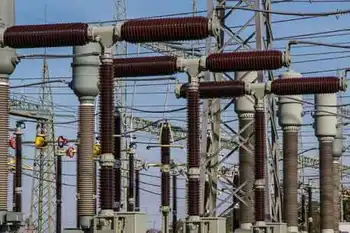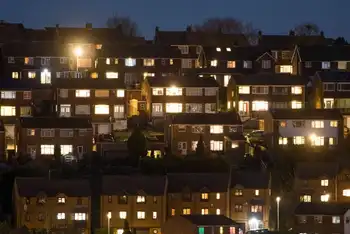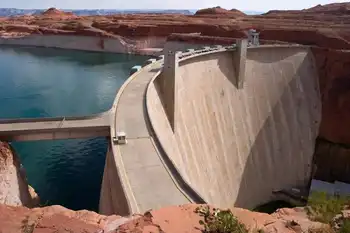Environmentalists sue DOE
By Associated Press
Arc Flash Training CSA Z462 - Electrical Safety Essentials
Our customized live online or in‑person group training can be delivered to your staff at your location.

- Live Online
- 6 hours Instructor-led
- Group Training Available
Under a 2005 law, the federal government can approve new power transmission towers within corridors such as this one if states and regional groups fail to approve such lines. The law was passed following the 2003 blackout that rippled from Ohio to Canada and New York City.
Last year, the Energy Department designated the mid-Atlantic corridor and another in the Southwest.
In two separate complaints, the environmental groups claim the Department of Energy violated environmental laws by failing to study the impact the corridor designation would have on air quality, wildlife, habitat and other natural resources.
They asked the court to declare the corridor invalid and in violation of the law.
The National Wildlife Federation, the Piedmont Environmental Council, the Sierra Club, National Parks Conservation Association, Environmental Advocates of New York, Clean Air Council, Pennsylvania Land Trust Association, Civil War Preservation Trust, Catskill Mountainkeeper, Brandywine Conservancy and National Lands Trust filed the complaints in federal court in Pennsylvania's middle district.
The mid-Atlantic corridor includes parts of Delaware, Maryland, New Jersey, New York, Ohio, Pennsylvania, Virginia and West Virginia.
Julie Ruggiero, an Energy Department spokeswoman, said in a statement that designation of the corridors "in and of itself has no environmental impact."
She said the designation "identifies a problem and shines a spotlight on areas of the country that are experiencing or could experience interruptions in power supply... designation of corridors is critical because it encourages stakeholders to look at electricity generation from a regional and national perspective, identify solutions, and take prompt action."
Another environmental group, the Center for Biological Diversity filed a similar lawsuit in federal court in California challenging the designation in the Southwest. The Southwest corridor includes seven counties in Southern California and three counties in southwestern Arizona.
In a nod to critics, the Department of Energy said in December it would take more time to review requests for a rehearing on the corridor designations.











